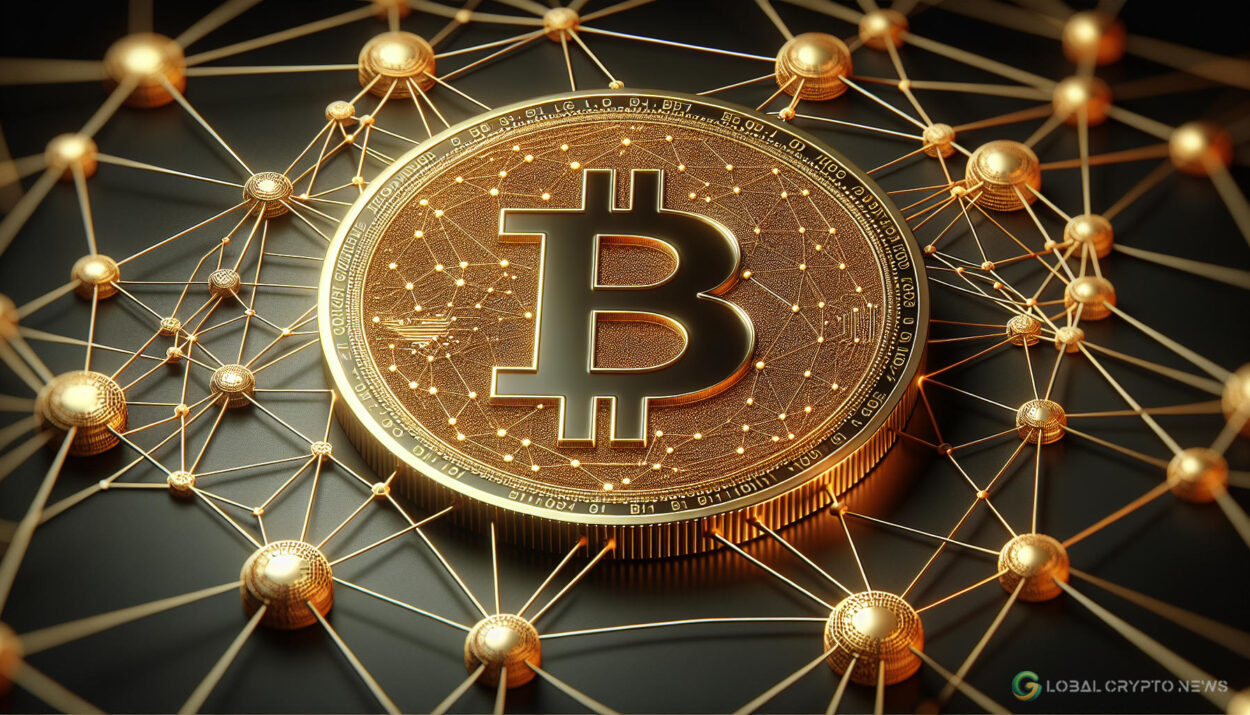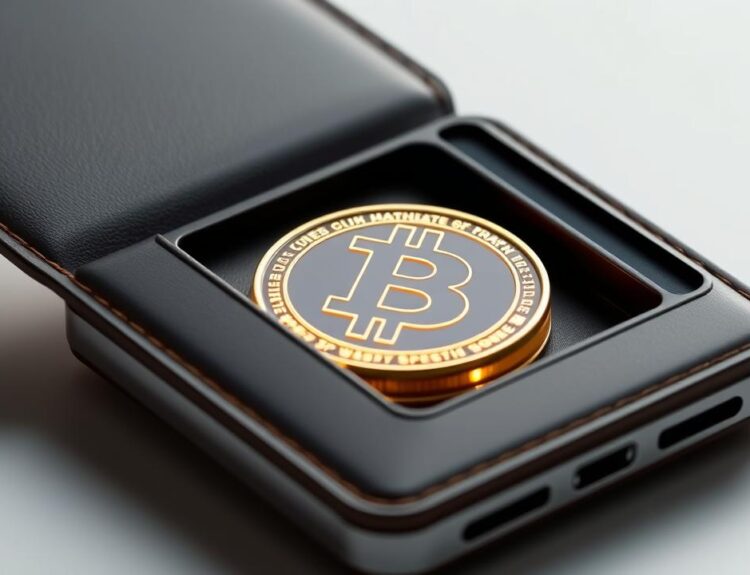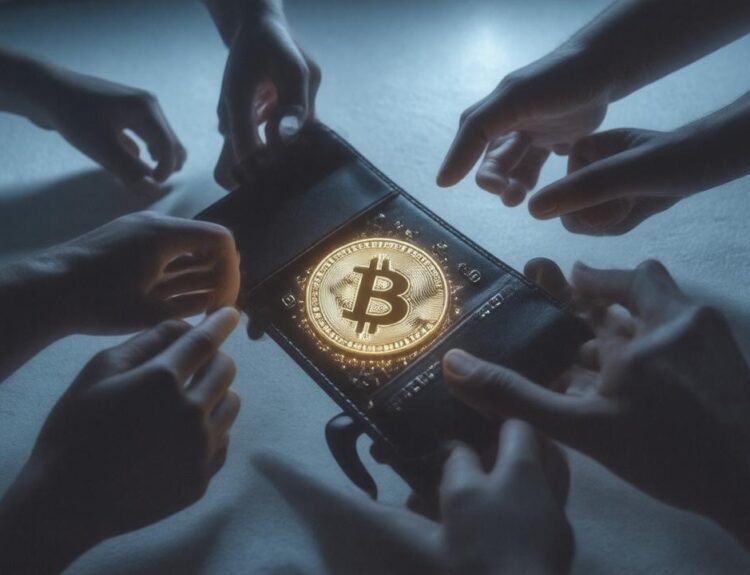The layer 2 network Blast is attracting increasing attention from the cryptocurrency community, although critics label the project as a pyramid scheme.
Blast Points and Blast Gold
Blast offers a unique combination of Blast Points and Blast Gold added to user deposits. Points accumulate automatically and are awarded for deposits, inviting users, and testing initial projects on the Blast blockchain.
Blast Gold distributes ecosystem financial projects to users to provide liquidity. The amount of funds deposited significantly influences the allocation. Points and Gold awarded to users were converted into BLAST tokens as part of the airdrop on June 26.
There are two ways to score points. Firstly, users receive spins, which give a random number of points, usually ranging from 100 to 2,000. In rare cases, a super spin can multiply points rolled by 2-9 times. Secondly, users receive a percentage of points that investors they invite earn. Traders who register with a referral link get 16% of the points their referrals receive, and another 8% for their referrals.
Blast Overtakes Layer 2
Blast has quickly surpassed many existing layer 2 protocols. In just four months, it attracted several million user deposits. Launched at the end of February, the network already has about 280,000 monthly active users.
By the time Blast launched its token on the exchange, it had attracted a total value locked (TVL) of user assets exceeding $2 billion, making it the 6th largest on-chain economy globally.
Accusations of Fraud
As part of the airdrop campaign, 17 billion tokens were distributed (17% of the total issuance). Of this, 7 billion tokens went to holders of Blast Points earned for providing initial liquidity in ETH or USDB stablecoin. Another 7 billion BLAST tokens were distributed to users rewarded with Blast Gold for interacting with decentralized applications (dapps). Three billion coins were allocated to the Blur Foundation, which will distribute them to the Blur NFT marketplace community, including via airdrops.
However, shortly after the airdrop, the crypto community accused Blast of fraud. For instance, a user named Christian2022.eth claimed Blast is a scam and its founder a serial scammer, alleging he did not receive enough tokens during the airdrop.
So I deposited over $50M on @Blast_L2 and got a $100k airdrop on TGE. Now I am pretty sure @Blast_L2 is a scam project and @PacmanBlur is a “serial rug entrepreneur”.
Many also noted the active distribution of phishing links across the network, promoted under the guise of Blast resources. Social media users, especially on X, were targeted by scammers who posted fake advertisements claiming the airdrop had started, directing users to third-party sites.
What is Next
Developers plan to deploy their application infrastructure and crypto wallet on the Blast network, potentially competing with the MetaMask wallet. They compare competitors’ approaches to the Android OS, focusing on optimizing their network while Blast aims to optimize both the infrastructure and the suite of apps.
The Blast phase one incentive system targets blockchain applications already meeting market demands, such as decentralized exchanges (DEX) supporting derivatives or lending protocols. Developers believe the profitability calculation system will attract more users, similar to how Blur quickly overtook OpenSea.
Blast draws attention due to its innovative features and income opportunities. As an Ethereum-based layer 2 solution, it has significant development potential. Its ability to offer returns for freezing funds attracts many users and investors.
Stay updated with the latest news on Global Crypto News.
























